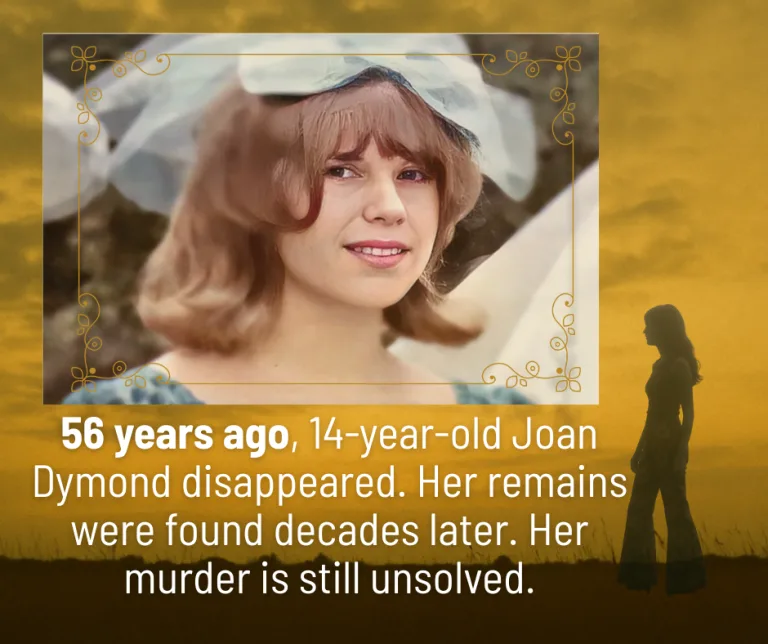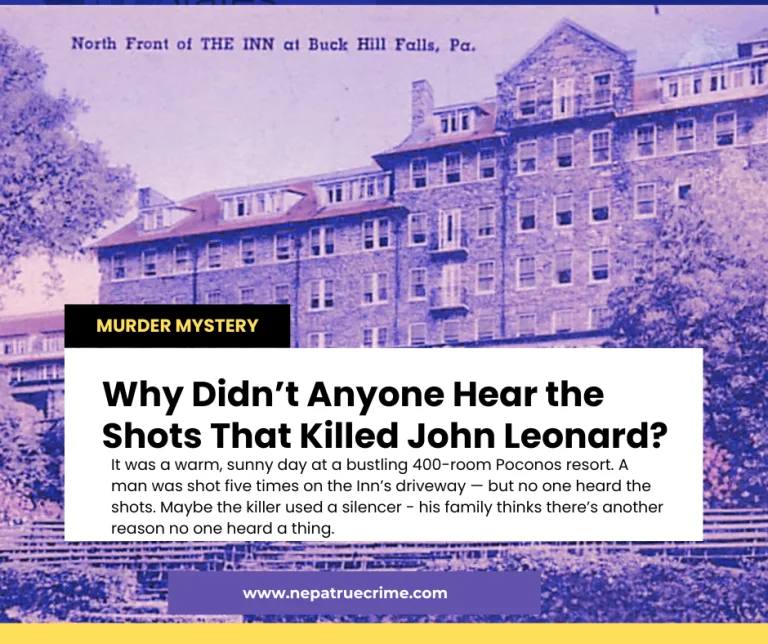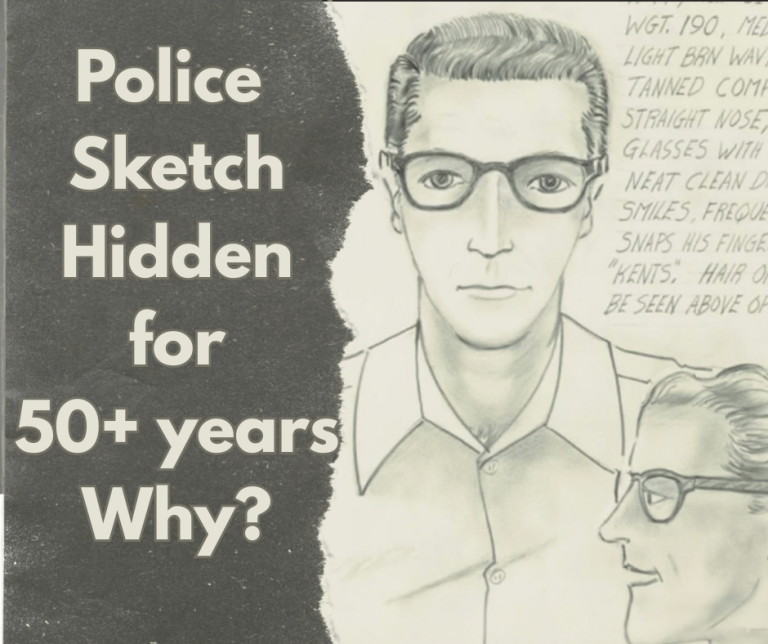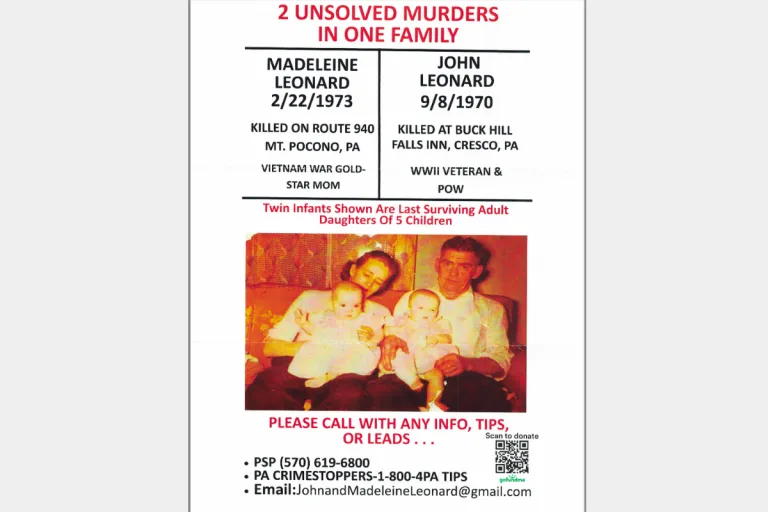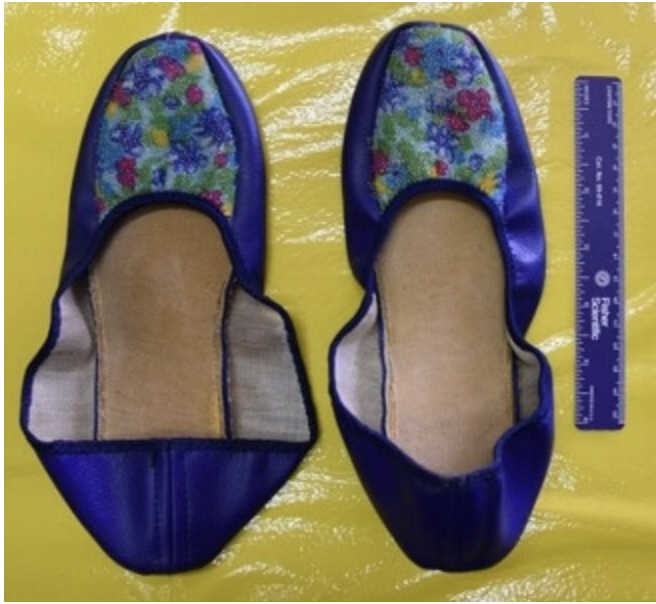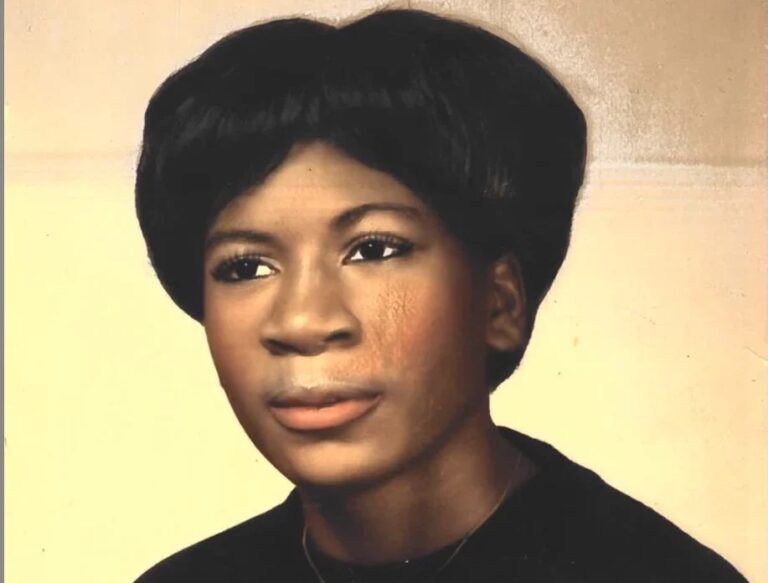Remembering Joan Dymond, 56 Years Since Wilkes-Barre Disappearance, Unsolved Homicide
Last update: October 31, 2025, 12:54p.m. The summer of 1969 in Wilkes-Barre, Pennsylvania, was a time when kids still roamed free, neighborhoods felt safe, and a 14-year-old girl like Joan Dymond could go to the park after supper without a second thought. But for George and Anne Rose Dymond, that summer was the start of…

